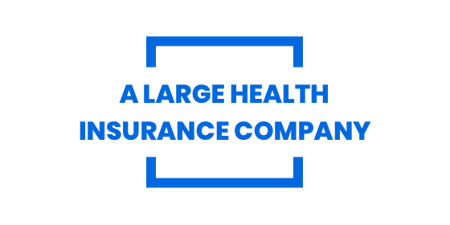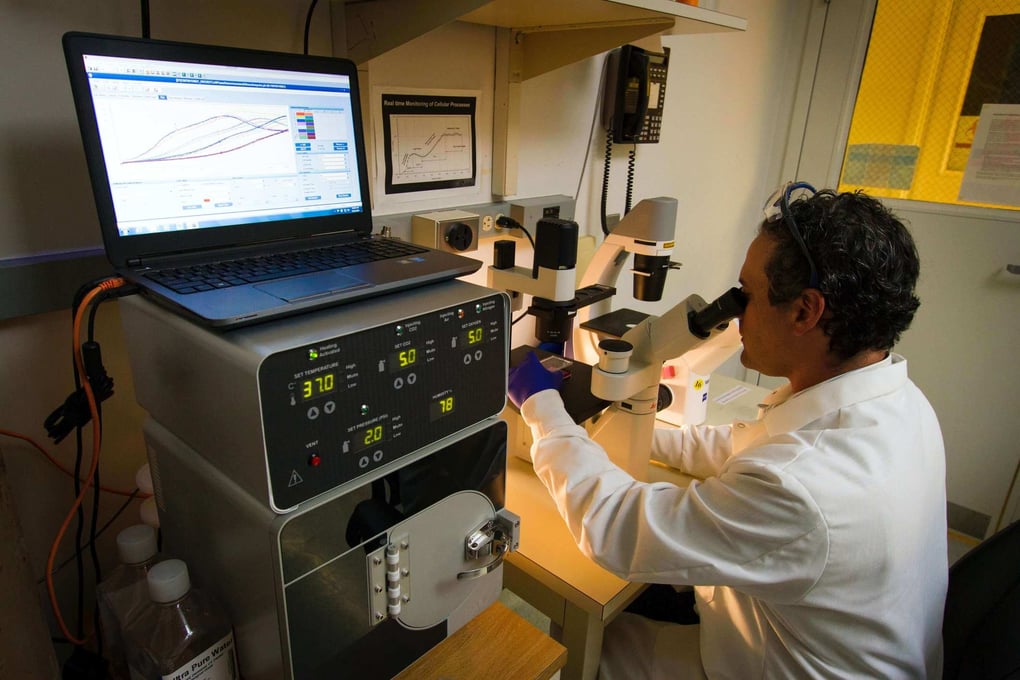
Client:Large Health Insurance Company
Industry:Insurance
Region:North America
Region:Latin America
Large Health Insurance Company Uses UiPath AI Center to Streamline Clinical Outcomes

50,000
documents that the average physician will touch each year
$11M
the amount the payer was able to save using UiPath and hyperautomation
24%
the increase in low birth-weight pregnancies identified
44%
the number of low birth-weight pregnancies that were avoided
Client Overview
The customer is a large payer. Its consultant, UiPath partner Amitech Solutions, is a privately held information technology and services company specializing in healthcare data, analytics and automation.
Partner

How one healthcare payer is using UiPath AI Center and Document Understanding solution—in partnership with Healthcare consultant Amitech Solutions—to automate outcomes, saving time, helping patients, and reducing costs.
Clinical outcomes are one of the most important metrics in healthcare because they are used to classify each patient’s overall status and level of risk. They are necessary for determining the overall course of treatment and making sure that the patient receives the proper level of care throughout their time with the provider.
Yet, in most healthcare facilities, clinical outcome assessment processes remain behind the technological curve—especially when it comes to automation. Clinical outcome assessments are mostly manual and recorded on paper or, in some cases, on a tablet. Either way, they are typically slow to process and not easily automatable.
One of the most pressing examples of clinical outcome inefficiency is identifying high-risk pregnancies. About 6 to 8 percent of all pregnancies today are classified as high-risk. In such cases, special attention and care is needed to ensure the best possible outcome for both the mother and the child. However, mothers often must wait several weeks to learn that they are at risk for complications. By the time they receive proper treatment, it is often too late.
Let’s examine how one payer, with the help of analytics and healthcare strategy consultant Amitech Solutions, solved this issue using UiPath’s AI Center and Document Understanding solutions.
Quickly identifying high-risk pregnancies
Medical researchers are continuously looking for ways that AI can reduce risks and improve outcomes during pregnancies. One of the best examples involves augmenting fetal heart rate (FHR) monitoring with AI.
As explained in a recent medical paper, deploying AI-enabled FHR monitoring earlier in a pregnancy can provide a greater understanding of baseline FHR, providing doctors with a variety of critical metrics including acceleration, variability, uterine contraction intensity, deceleration, and FHR pattern changes.
As impactful as this type of use case may be, though, it can only carry a medical team so far. At the end of the day, data still needs to be processed and transmitted back to the clinician in a timely fashion, so that care can be properly administered. In a busy healthcare setting, this is often impossible.
The team at Amitech discovered this issue firsthand while conducting pregnancy analytics research for their partner. According to Hatfield, the payer had to go beyond merely collecting data and running analytical models. They had to find a way to make their models actionable—and that required automation.
View full demo of automation for High Risk Pregnancies here.
We were asked to create an analytics model that could better predict a high-risk pregnancy. While we were doing that, we found that from the time a patient presents at a clinic through the entire process to where they get connected to a care manager and enrolled in the right care plan was taking four to five weeks. In a high-risk pregnancy, that’s absolutely unacceptable. We’ve found that even if you have the best data possible and you have the best predictive analytics model on top of that, the automation piece is critical for getting that information to the patient and affecting patient outcomes. You really can’t move the needle on delivering better outcomes unless you have those three things together.
Jeff Hatfield • Vice President of Client Solutions, Amitech
Identifying high-risk patients with help from UiPath
The team automated the front and back end of the clinical outcome process. Using UiPath AI Center, Document Understanding, and OCR, Amitech created a workflow that could organize, interpret, and validate medical documents submitted by patients for automated patient analysis.
The bot then verifies patient eligibility and provider credentials, loads the verified patient data and accesses a predictive model deployed through AI Center to score the patient for risks, determines the appropriate care management plan, automatically enrolls them to appropriate programs, and notifies providers and care managers through emails so they can take action.
The project—which took roughly four weeks to complete—was a massive success. With the help of UiPath and Amitech, the payer was able to reduce a process that would typically take four or five weeks to just minutes—giving clinicians the ability to act immediately when needed to improve healthcare outcomes.
Now, someone can go into a clinic, determine if they’re pregnant, find out if they’re high-risk, and get enrolled in the right care plan and care manager before they actually leave the clinic. It’s been a huge difference in improving outcomes in high-risk pregnancy.
Eric Keeney • RPA Practice Lead, Amitech
In this example, Keeney continues, the team had a population of about 10,000 patients. The annual savings for this type of hyperautomation exceeded $11 million annually. What’s more, the payer was able to increase the number of low birth-weight pregnancies that were identified accurately by 24 percent while avoiding 44 percent of low birth-weight pregnancies altogether.
“The end-to-end automation solution from Amitech and UiPath has made a huge impact on our ability to reduce time-to-treatment for our high-risk pregnancy population,” the payer’s VP Clinical Studies explains. “We are now not only improving care for the mothers but also ensuring babies can avoid longer-term health issues.”
Trailblazing new roads in clinical care
Healthcare organizations process millions of clinical documents per year, with the average physician touching roughly 50,000 pieces of documents annually. Making matters worse, between 20 and 30 percent of these documents are handwritten.
Traditionally, automated workflows required humans to step in and process documents by hand. Now, with AI, robots can process these documents from start to finish, without any manual intervention required. From there, healthcare organizations can then use machine learning models to analyze data extracted from these documents and make predictions.
This project illustrates the potential to automate similar clinical processes moving forward with RPA and AI to optimize patient quality audits, reduce patient readmission rates, and streamline pre-certification, among other things.
AI-enhanced automation has the power to transform healthcare organizations and ultimately make healthcare more proactive, higher quality and less expensive for everyone.
To learn more about how your clinic can use AI-enhanced automation to increase efficiency and deliver better healthcare outcomes to your patients, check this out.
Related case studies
Ready for your own case study?
Speak to our team of knowledgeable experts and learn how you can benefit from agentic automation.





